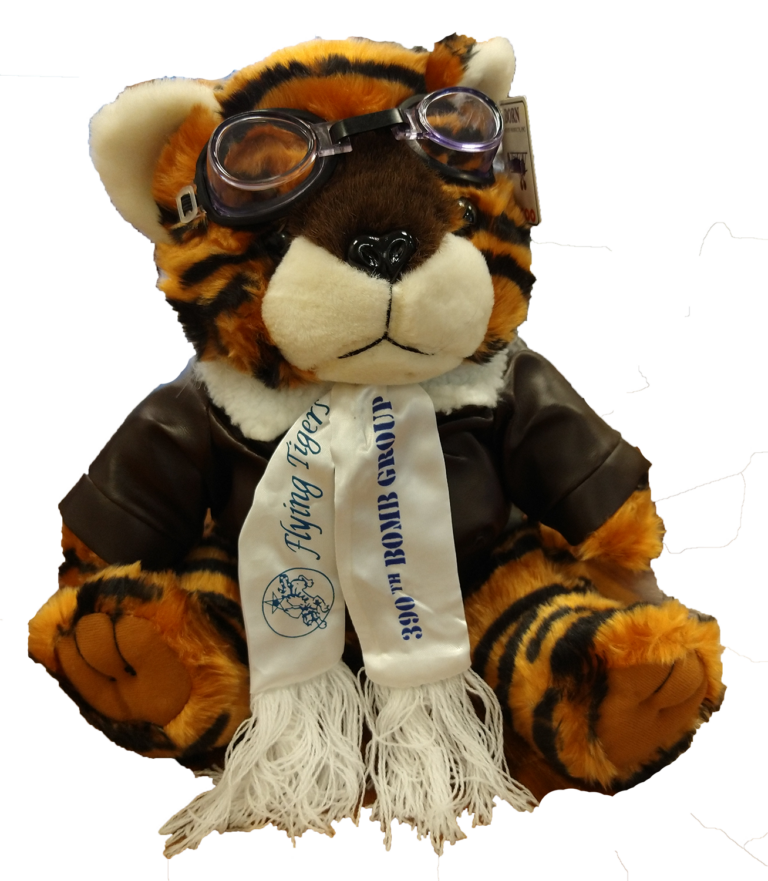The 390th Memorial Museum is guided by a powerful mission & vision
Our Mission
We seek to honor and memorialize those veterans who provided ground support and flew the B-17 in the 390th Bombardment Group of the Eighth Air Force in World War II, to serve as a window on the air war over Europe by the 390th and related Bomb Groups in that conflict, and to educate the public on their service and sacrifice in the cause of freedom.
Our Vision
We are continuously working to become the premier national research and historical learning center focused on the 390th Bomb Group, and its affiliated units, and their contribution to winning air conflict over Europe during the Second World War. We will use compelling exhibits, technology and outreach programs to increase public understanding, appreciation and awareness of the importance of their impact on maintaining our freedom.
Three Groups & Four Horsemen
Ultimately it was the union of three unique groups and the leadership of four men who made
the dream of a museum dedicated to the 390th Bombardment group a reality.
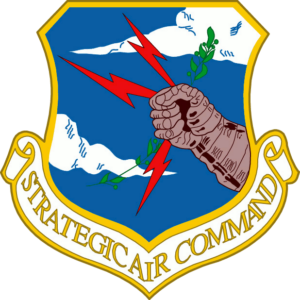
The 390th Bombardment Group was officially deactivated in August of 1945, but the onset of the Cold War following World War II would require it to be called into service once again. In 1962, the 390th Strategic Missile Wing was activated and put into service at the Davis-Monthan Air Force Base in Tucson, Arizona. The Missile Wing would prove instrumental in helping the museum gather artifacts for its collection, including the B-17G I’ll Be Around.
Coincidentally, Colonel Moller, former Commander of the 390th, was living in Tucson as the Commander of the Air Force Reserves on the same base.
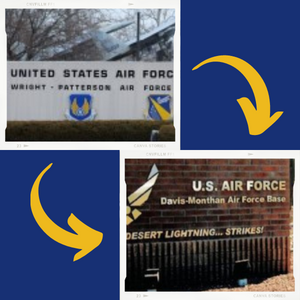 The 390th Memorial Museum Foundation was led by veterans of the 390th Bomb Group, including Colonel Moller and General Robert Waltz. Among other things, they worked with the Missile Wing to get permission for the B-17G to be transferred from Wright Patterson Air Force Base in Ohio to Davis-Monthan in Tucson, Arizona.
The 390th Memorial Museum Foundation was led by veterans of the 390th Bomb Group, including Colonel Moller and General Robert Waltz. Among other things, they worked with the Missile Wing to get permission for the B-17G to be transferred from Wright Patterson Air Force Base in Ohio to Davis-Monthan in Tucson, Arizona.
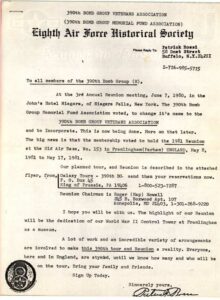
In the 1970s, veterans of the 390th began to look for one another. It began with phone calls between individual members, but when a group of 390th veterans came together as part of the Eighth Air Force Historical Society, the veterans were inspired to form their own association. The association was officially incorporated on September 19, 1980.
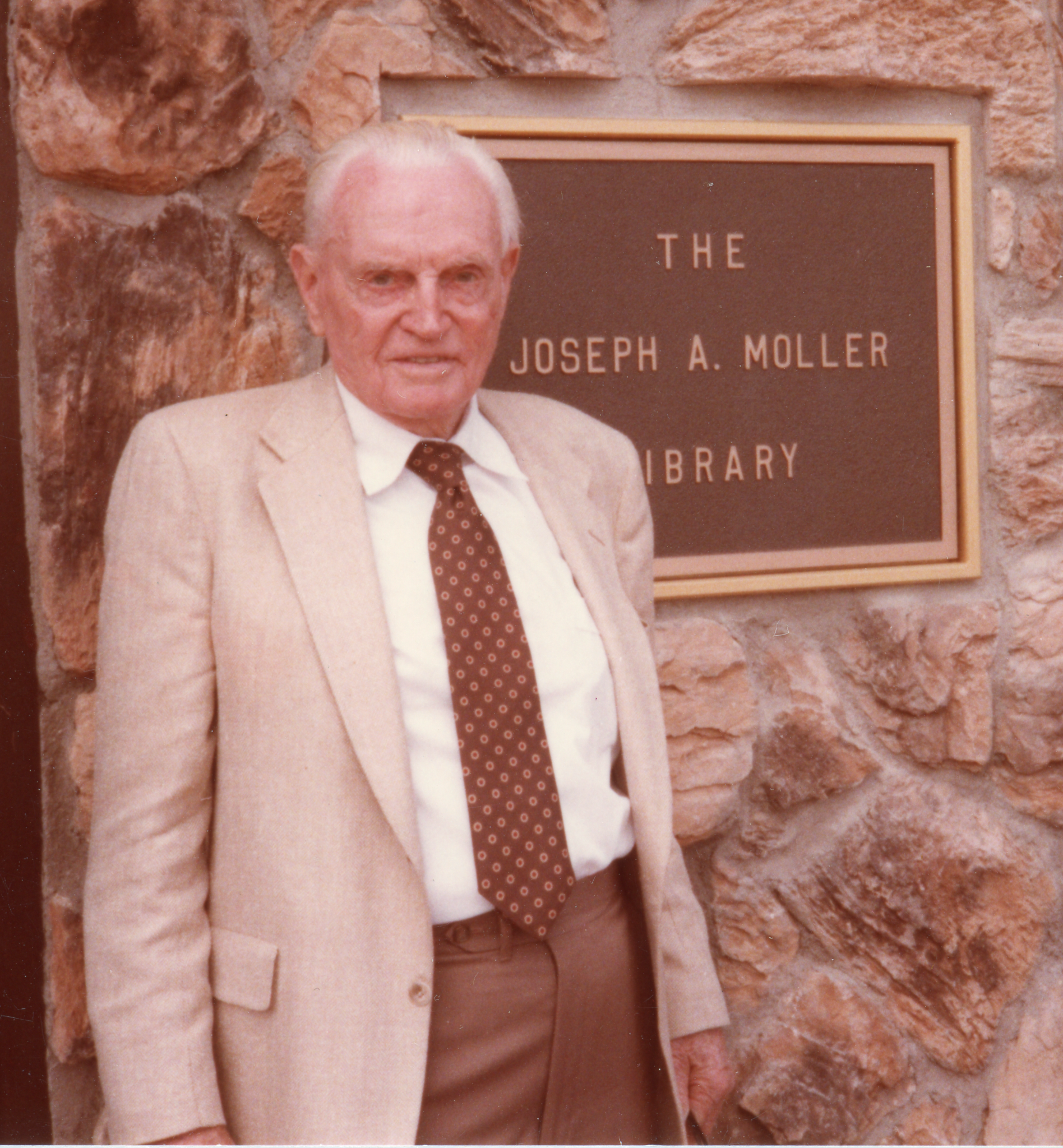
Colonel Joseph Moller
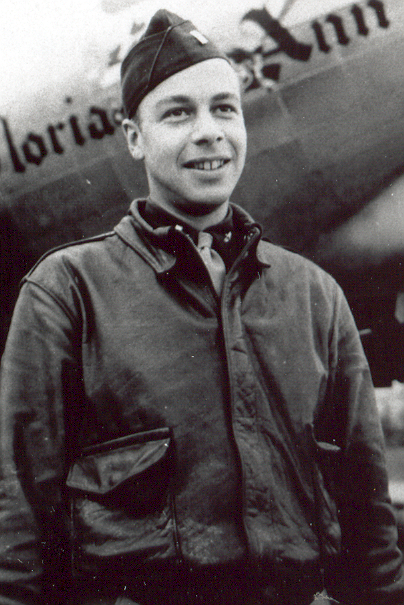
Albert Buehler
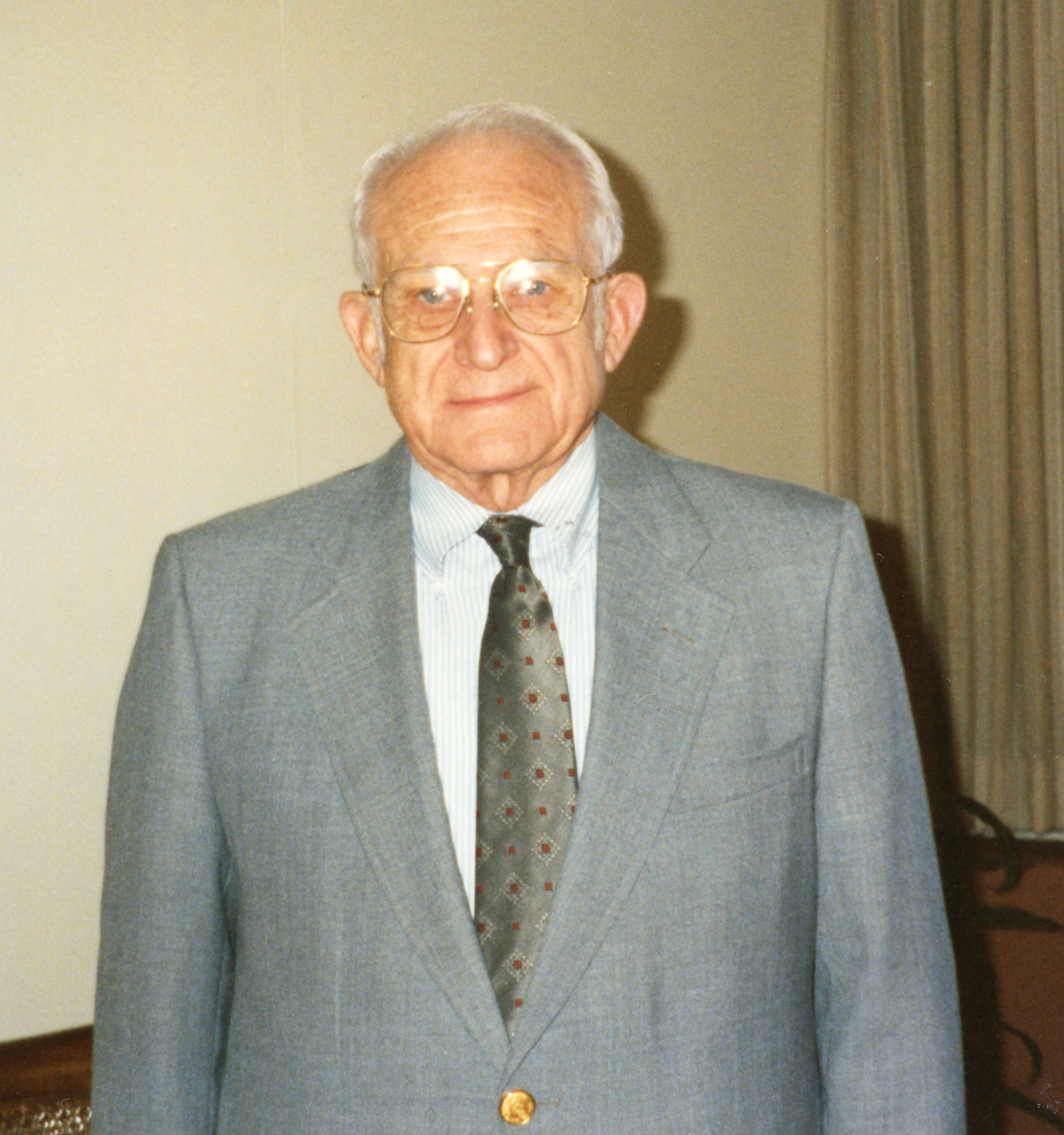
General Robert Waltz
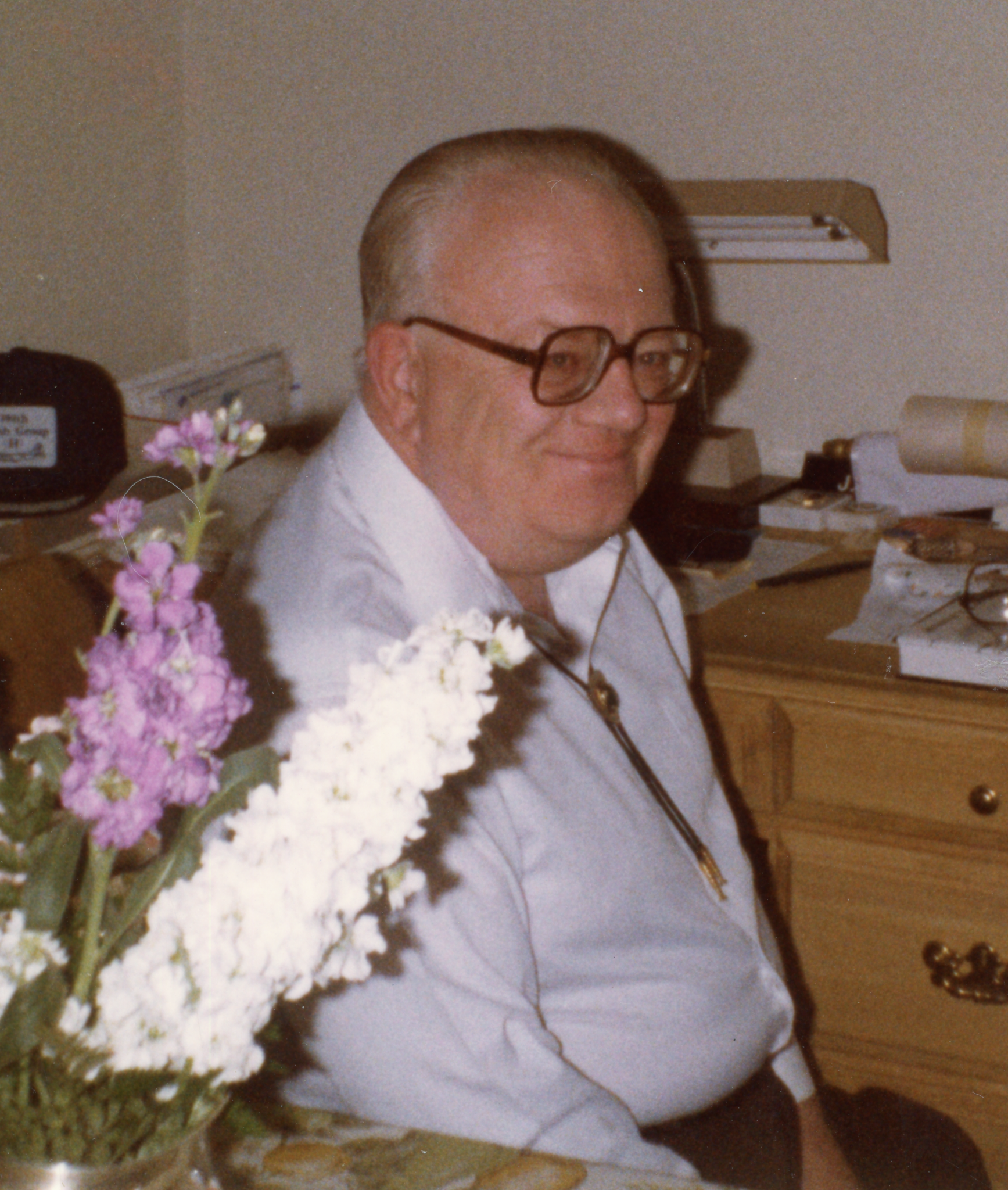
John Quinn
August 1945
Following the end of World War II, the 390th Bombardment Group is officially deactivated.
January 1962
In response to the national security concerns during the Cold War, the 390th Strategic Missile Wing is activated and stationed at Davis-Monthan Air Force Base in Tucson, Arizona.
November 1980
The museum’s curator, Captain Geoffrey Hays, finds a B-17 model G and arranges its transfer to the museum, then located on Davis-Monthan Air Force Base. The 390th Strategic Missile Wing, as an active military unit, technically holds custody of the plane. The first stages of restoration begin immediately.
1982
With the Cold War’s end, the 390th Strategic Missile Wing is set to be deactivated in 1984, creating a problem: no military unit to care for the B-17G, which would result in its custody reverting back to the US Air Force. The Mollers decide to build a museum on the grounds of the Pima Air & Space Museum, promising the military to protect the B-17G by building a hangar, thus establishing the 390th Memorial Museum.
1984 - 1985
The first stage of the museum construction is the Joseph A. Moller Library that would later expand to include the archives. The Library also includes some small displays.
Meanwhile, the B-17G I’ll Be Around is being restored by dedicated veterans and volunteers.
1985 - 1987
Over the course of two years, the American Steel Company builds the hangar that will house the museum, including the B-17G I’ll Be Around. The painting of Top Cover, the J Wall, and the construction of many of the cases also occur during this time.
All the while renovation of the plane continued. It was moved into the hangar in 1987.
1993
With the museum raising the profile of the 390th Bombardment Group, more veterans and individuals connect with the 390th, and the museum’s collection grows via material donations. Additions to the museum’s north and south sides of the building are made, creating more office space and a room dedicated to the 95th Bombardment Group.
2013
The museum finds itself continually expanding. In 2013, it adds a second floor to the building. This additional space allows for an in-depth nose art display, a B-17 art gallery, expanded POW exhibit, a crew photo exhibit, and a replica of the control tower at Parham Field.
2023
With help from donors, members, and descendants, the museum is continuing to find ways to improve exhibits and our building. In April of 2023, we replaced the original Top Cover mural in our lobby and have many more projects in the works!
The Joseph A. Moller Library & Archives
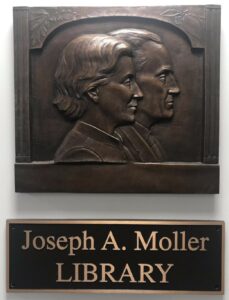 The 390th Memorial Museum is home to an extensive library and archives. The archive holds several collections ranging in subject from nose art and crew photos to personal stories and institutional memory.
The 390th Memorial Museum is home to an extensive library and archives. The archive holds several collections ranging in subject from nose art and crew photos to personal stories and institutional memory.
The library is divided into two sections: the rare books library and the docent library. The rare books section contains uncommon books, including ones penned by 390th veterans and their descendants.
Our Museum Collections
 The displays on the museum floor contain just a small sampling of the thousands of objects our museum’s collection holds. From military-issued clothing to medals, bullets, and flight instruments, we are proud to be entrusted with the preservation of these items. Each one tells a unique part of the story of the 390th Bombardment Group.
The displays on the museum floor contain just a small sampling of the thousands of objects our museum’s collection holds. From military-issued clothing to medals, bullets, and flight instruments, we are proud to be entrusted with the preservation of these items. Each one tells a unique part of the story of the 390th Bombardment Group.
Help tell the stories that deserve to be heard!
Your donations, purchases from our shop store, as well as memberships, all contribute to helping us highlight the great stories of the 390th Bomb group.


